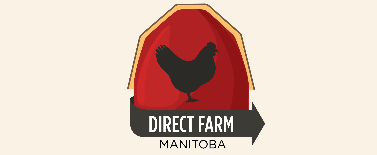Auto Addiction
 Tuesday, September 10, 2013 at 2:38PM
Tuesday, September 10, 2013 at 2:38PM By Eric Rempel
According to Miriam-Webster, to be addicted is to devote or surrender oneself to something habitually or compulsively. There are harmless addictions – music, puzzles, even video gaming – they have no negative effect on others. On the whole we ignore them. But when compulsions begin to harm others we become alarmed, and such addicts are prosecuted – unless the addiction is to the automobile. Auto addiction is encouraged.
Auto addiction is insidious. The automobile offers us a quick, fast way to get from here to there. What could be better than that! We become habituated to the auto very easily. And once we're hooked, we're hooked.
Consider what Steinbach would be like without auto addiction. There would still be automobiles but they would be used selectively. Of course there would be less traffic. Our streets would narrower. Our parking lots would be smaller (if they were necessary at all). There would be more trees, more green. The city would quieter. The city would be more compact and more picturesque. Our three main food stores would not be clustered at one place, away from where most people are living. We would have many bicycle paths and pedestrian walkways flanked by stately trees. Our taxes would be lower.
Our city would be friendlier. As we cycle to work or walk to the grocery store, we would encounter neighbours; we would get to know them. We would be more likely to notice the flowers blooming, the butterflies dancing, and the birds singing. We all would get more exercise, more fresh air, be less stressed, and would be healthier.
Auto addiction is a tough problem to solve because as is typical of addicts, these addicts won't accept responsibility for the problems they create. A part of being an addict is to hold others accountable for the painful results of your habit. When all the car freaks exercise their addiction during rush hour, they sometimes create a traffic jam. Whom do they blame for the jam? Not themselves; not other addicts. They blame the city or unyielding communities.
Auto addicts refuse to accept that the traffic problem results from too many cars, not from inadequate roads. So, we cannot look to the addict to voluntarily cure his or her addiction. However, we can help them to consider alternatives. In a city like Steinbach, the solution may not be apparent, but if we at least acknowledge the problem, we can begin to look for solutions.
Implementing any changes will be difficult because there are so many auto addicts, or put another way: there is the addict in all of us. And yet, we must act because a city of auto addicts is not sustainable. Sooner or later, inevitably, auto addiction will end because of its costs, its inefficiency, and the ugliness it creates. The sooner we begin to more towards a cure, individually and collectively, the more liveable our city will be, now and in the future.



Reader Comments